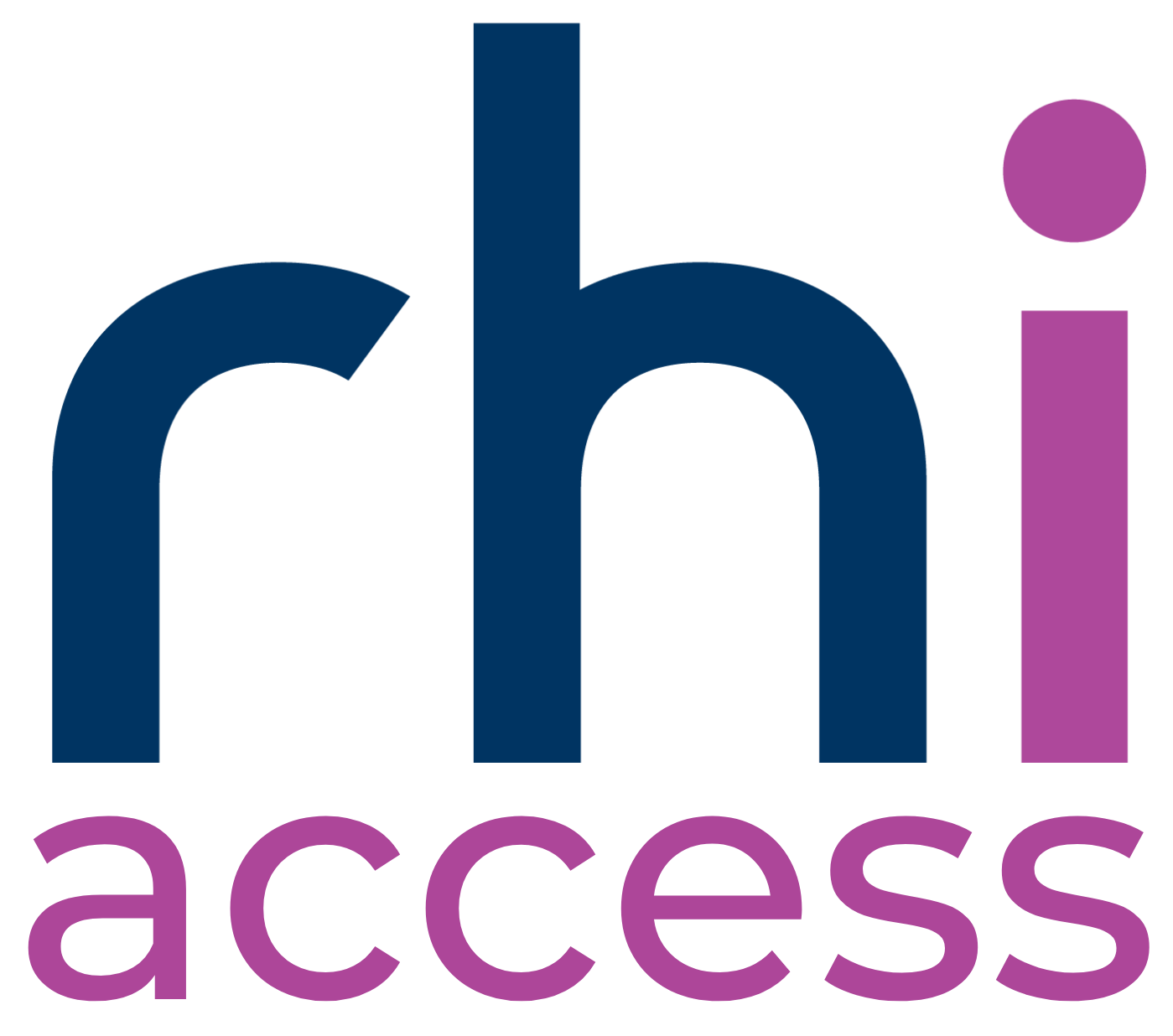How do you centralise, collaborate and report project information?
Organisations expect information to be readily available and used effectively within the project life cycle from benchmarking estimates through to valuation of changes and evaluation of project risks that may impact capex.
Project information needs to be captured in a form suitable for use at each stage of the project life cycle, and this has historically been considered a cost within the individual project which impacts the extent to which this is done. This is why organisations are looking to use the power of the cloud to collaborate on tasks. Cloud-based applications provide the perfect mechanisms for gathering information organically reducing the cost and effort of ‘real time’ data availability.
By combining existing business tools, such as email and messenger services, with bespoke applications, provides workflow, auditing, and a centralised control of information, which in turn, can be used in dashboards and reports to share live project performance and progress.
As technology develops, the digitalisation of these processes becomes simpler to implement, supporting the 'Citizen Development' culture with Low or No code applications. For these practices to be successful, users are being drawn closer to their development, and with processes like Agile, they can quickly influence the requirement and direction of the application, and ultimately the duration and cost of their progress.
End users need to be empowered to consider digitalisation in everyday tasks and understand the long-term benefits of the data being generated. Specific consideration should be given to ensure applications do not prevent the user efficiently completing the task at hand. This is why communication is key in the Agile world.
rhi has been capturing data from historical projects for decades, and this data is still being used for the basis of estimates today. However, to unlock the captured data’s full potential, additional information is often required which can only be gathered through involvement in projects. The use of a well-managed centralised storage strategy enables raw data to be converted to useful information and ensures its availability on demand.
Current developments within rhi include updates of rhiCOMS©, our Measured Unit Rate Contracting System, and rhiDATA©, with a cloud-based successor that supports industry standard functionality developed over 30 years of global usage. This is being enhanced with additional digital features which now provide a solid data foundation for visualisations empowered by the strength of Microsoft Power BI. rhi can analyse information quickly to identify trends and/or anomalies and provide clients with early indicators of potential cost challenges.
By utilising Microsoft Office 365 and combining it with the skills and expertise of rhi personnel, we have developed rhi access a specialised toolkit to centralise key project registers and processes for the bid evaluation stage, enabling clients and end users to gain instant access to key project records and performance indicators.

rhi access is designed to complement existing project cost and quantitative information held in rhiCOMS©, creating an environment with a single source of truth which can be captured, controlled, and reported from one point for the entire project. Our tool interfaces with Out of the Box (OOTB) options commercially available reducing the time and effort previously spent extracting and transforming information used in project reporting.
rhi access is modular in design and can be quickly deployed to meet clients’ needs, and rhi is continuing to extend the toolkit to cover a wider range of modules, supporting rhi’s core service deliverables.
For more information on our services, visit rhi-group.com or contact us at mail@rhi-group.com
Article Author: systems manager, Chris Baughurst

